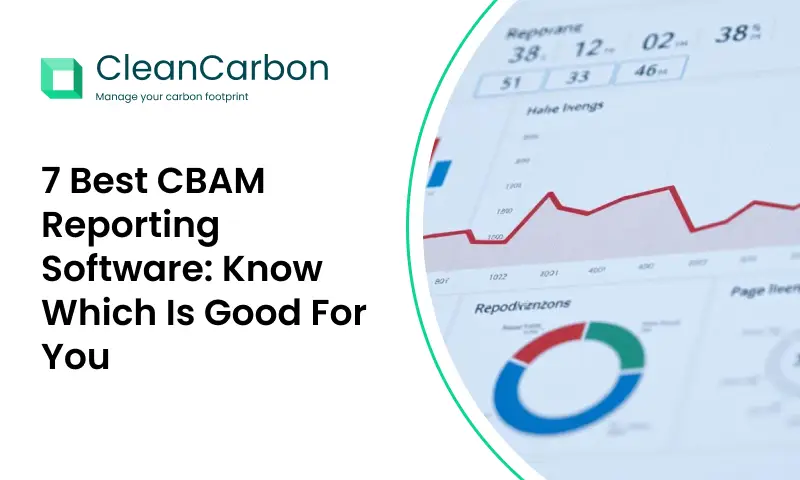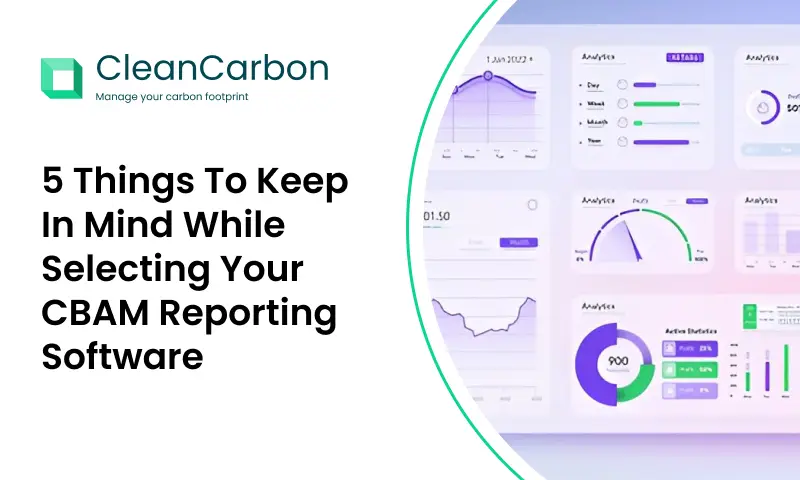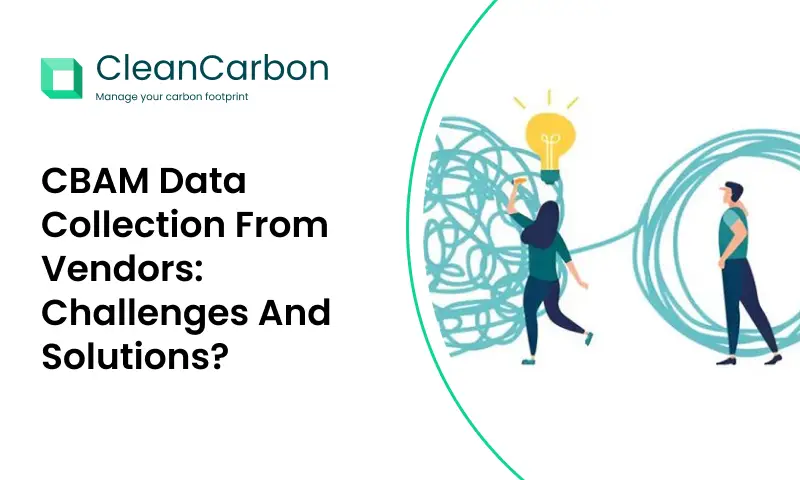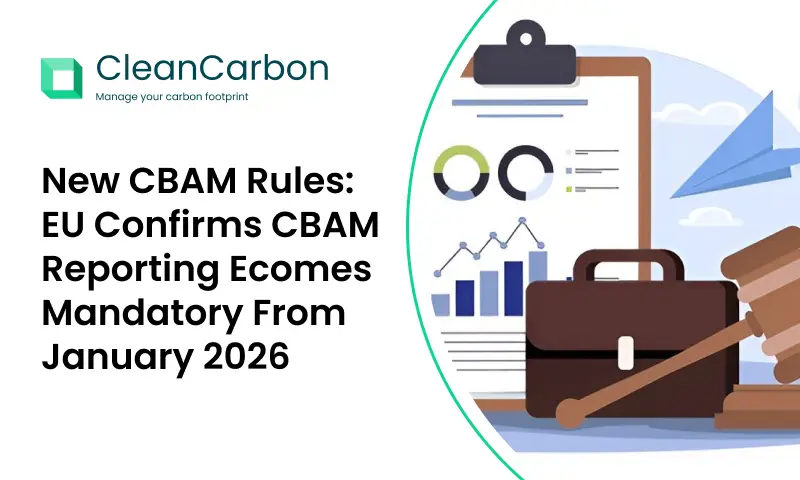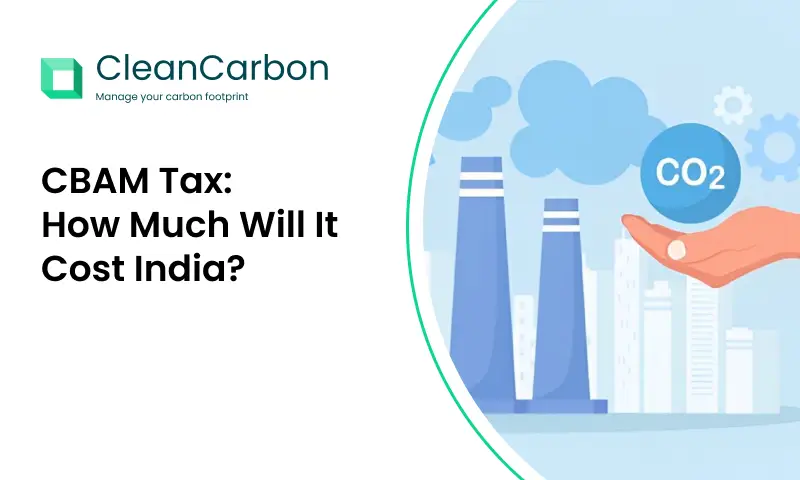Because businesses worldwide try to achieve sustainability goals, the most important technology used today to track as well as balance carbon prints is carbon accounting software. Yet, companies largely fall victim to the so-called trap pitfalls when using the tools, causing inefficiency, mistakes, as well as breaches of compliance. Companies must learn these pitfalls in order to utilize carbon accounting software properly.
The Role of Right Carbon Accounting
Correct carbon accounting is vital to the viability of a business, regulation compliance, and net-zero ambition. Inaccurate carbon reporting can result in monetary fines, reputational loss, and neglect of carbon decrease actions. Carbon accounting software’s maximum utilization can help businesses excel in providing seamless data capture, report quality, and environmental compliance.
Most Often Made Errors Leveraging Carbon Accounting Software
1. Misinformation at data collection and input
The most common issue of carbon accounting is the misuse of poor or incomplete data. This may be due to human errors, lack of standard reporting procedures, or inability to connect with available data systems. Incorrect data renders emission calculation inconsistent, threatening sustainability and compliance.
2. Inability to integrate with other business systems
Very few organizations tie their carbon accounting usage to enterprise resource planning (ERP) systems, energy management systems, and supply chain data. This causes fragmented data and inhibiting getting an end-to-end view of the emissions. Total integration improves the credibility of the data and provides an end-to-end perspective on the carbon footprint.
3. Inability to Account for Scope 3 Emissions
Scope 3 emissions, indirect product life cycle and supply chain emissions, are usually responsible for most of the carbon footprint of a company. However, most organizations don’t monitor Scope 1 (direct) and Scope 2 (indirect energy-related from purchased energy) emissions, except Scope 3 emissions, leaving their monitoring aside. Failure to monitor Scope 3 emissions yields an incomplete calculation of environmental footprint and limits worthwhile efforts in carbon reductions.
4. Failing to Stay Current with Regulatory Updates
Standards for carbon accounting and reporting sustainability reporting are changing, too. Behind corporations on the such as the Global Reporting Initiative (GRI), the Task Force on Climate-Related Financial Disclosures (TCFD), and the Greenhouse Gas Protocol lay out-of-compliance companies with legal prosecutions hanging over their heads. Auditing and software updates solve this issue consistently.
5. User Training and Participation Neglect
Regardless of how advanced the carbon accounting software is, it will not work if employees have the know-how and skills to use it. Employee training gaps can result in misinterpretation of information, incorrect reporting, and rejection. Firms need to invest in user training sessions and build a culture of sustainability to achieve maximum benefit from software.
6. Overlooking Real-Time Monitoring and Reporting
Carbon accounting does not need to be an expensive, annual task. It is wrong to gather post-event emissions information, as opposed to being monitored in real-time. Real-time monitoring facilitates pre-emptive decision-making, early identification of inefficiency, and improved reporting for sustainability initiatives.
7. Selecting the Wrong Carbon Accounting Software
All carbon accounting software solutions are not equal. Companies will generally opt for non-scalable software tools without industry functionality or without sound analytics. Meticulous research, cross-comparison of functionalities in each software with others, and extrapolating them to company requirements are the crucial steps in making a proper platform selection.
8. Deficiency in Validating and Verifying Data
Carbon accounting data needs to be verifiable and audit worthy. Weak validation processes cause misalignments and poor reporting. Compliance with standardized verification protocols, independent third-party audits, and internal quality assurance maintains data integrity and enhances credibility of sustainability reporting.
Averting These Mistakes
Use Good Controls on Data Management
To prevent errors, organizations should have efficient data governance processes. These are automatic data acquisition, standardized report formats, and the use of AI in anomaly detection. Uniformity of the data in all the company divisions prevents errors and enhances the dependability of carbon accounting software.
Integrate Software with Enterprise Systems
Smooth integration with carbon accounting software and other enterprise solutions enables end-to-end tracking of emissions. Companies need to spend on API-based systems that can synchronize with finance, operations, and energy management systems in real-time.
Extend Scope to Cover Scope 3 Emissions
Scope 3 emission reduction requires collaborations of industry stakeholders, stakeholder, and supplier. Firms can start by carrying out supplier outreach programs, lifecycle analyses, and carbon offsetting projects as a quest for gaining extensive knowledge of their carbon footprint.
Stay Abreast of Regulatory Updates
Firms must invest in monitoring changing regulations and compliance procedures. Subscription to sustainability newsletters, participation in industry conferences, and networking with regulatory bodies can position firms at the cutting edge of changing standards.
Invest in Training and Employee Involvement
Providing in-depth training sessions, user-friendly documentation, and continuous support enables employees to utilize carbon accounting software to best ability. Building sustainability champions in the organization promotes participation and increased implementation result.
Empower Real-Time Data Analytics
Real-time data analysis enables organizations to immediately react to inefficiencies and improve sustainability performance. Cloud-based tools supported by AI-driven insights enable organizations to make real-time tweaks to emissions reduction strategies.
Most important is selecting software with the ability to customize, track compliance, and have dashboards that are simple to use. Pilot running, customer input, and input from industry experts should be undertaken by companies prior to completesoftware solutionimplementation.
Include Strong Data Verification Procedures
By means of automated verification systems, third-party audits, and blockchain-based monitoring systems, carbon accounting information is delivered with authenticity. Open and verifiable reporting gives regulator and stakeholder confidence.
Conclusion
Shunning pitfalls with the deployment of carbon accounting software is central to business efforts in sustainability. With emphasis on precise capture of data, integration without issues, regulatory compliance, employee engagement, and live analysis, companies can maximize the potential of their carbon accounting software. As the world continues into greater sustainability, providing forth precise and suitable carbon accounting processes will be the drive to real environmental change.
Read Also: Mastering Business Carbon Accounting: A Strategic Guide for Sustainable Success


